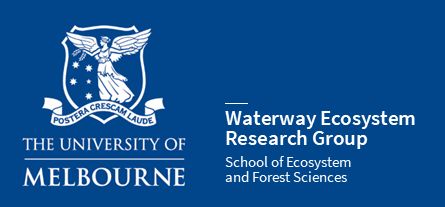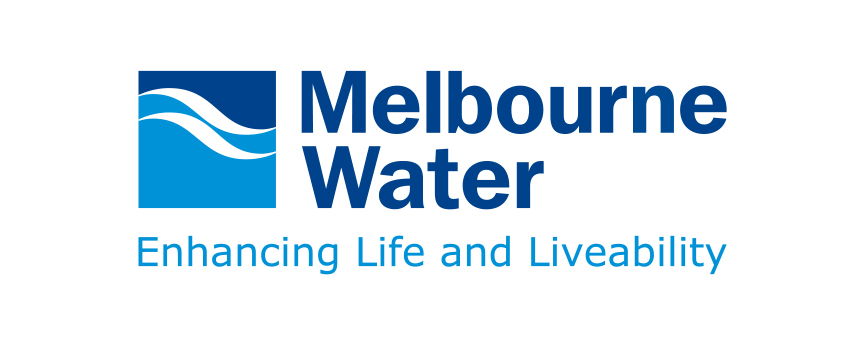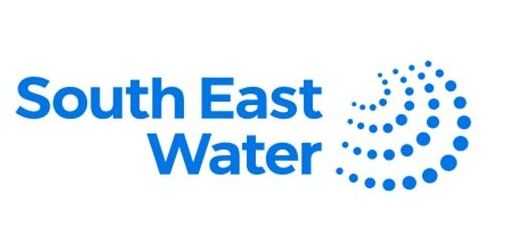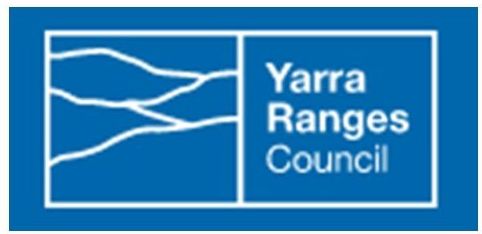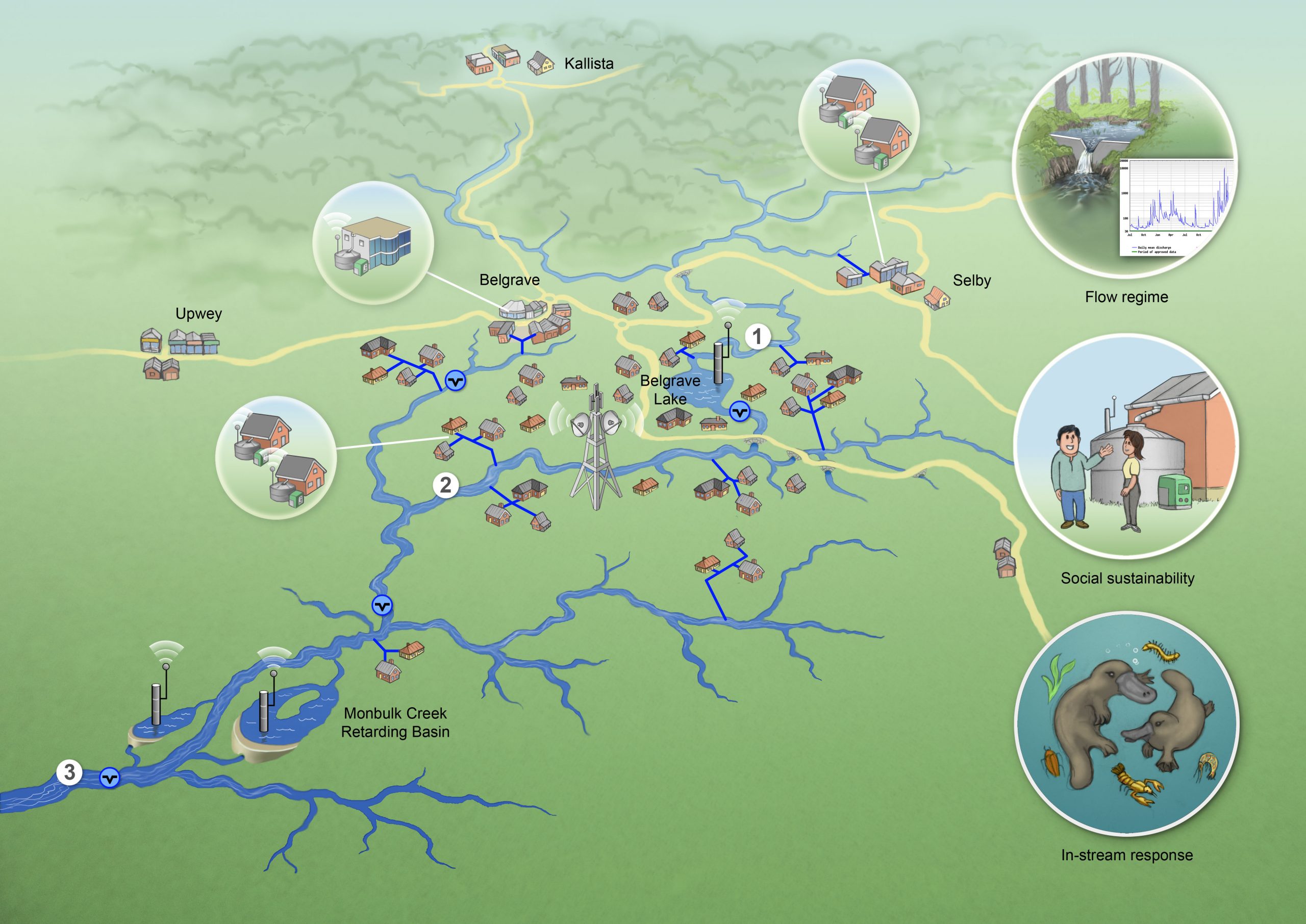
This collaborative research project is exploring the potential of real-time control technology to deliver environmental flows to protect urban streams. The project involves a partnership between the University of Melbourne, Melbourne Water, Yarra Ranges Council and South East Water. The project team will work with the community to install rainwater tanks operated using real-time control, along with with “smart” operation of larger water storages in the catchment. In combination, these systems will work to deliver flows that enhance the health of Monbulk Creek, particularly during the periods known to be vital for the breeding of platypus. Why this research is needed The project aims to develop and demonstrate a new technologically advanced means to improve the flow regimes of urban streams. It will provide powerful insights into the development, deployment, operation and evaluation of networked decentralised infrastructure for simultaneous delivery of environmental water, flood mitigation and household water supply. Importantly, its insights will be both technical and sociological, providing a powerful foundation for future adoption. Monbulk Creek was chosen for this project because it contains one of Melbourne’s few remaining populations of platypus, as well as being a priority catchment for stormwater management in the Healthy Waterways Strategy. The contributions to knowledge go well beyond water, however, because the networked decentralised infrastructure approach could be used to deliver a wide range of decentralised and participatory ‘micro-infrastructure’, in areas such as energy, food production and even transport. The revolution in low-cost sensor and digital technologies opens up new and far-reaching possibilities to transform the way people in cities and towns engage with and contribute to urban services; this project is well-timed to provide the conceptual underpinnings of this revolution.
|

Above: Weir at Belgrave Lake Park, which will have RTC technology installed to managed outflows. Below: Conceptual representation of study, involving the RTC retrofit of large public storages & smaller scale systems on both public and private land. Numbers (1-3) in circles show macroinvertebrate & platypus sampling reaches, “v” symbols in circles streamflow gauges.
|

